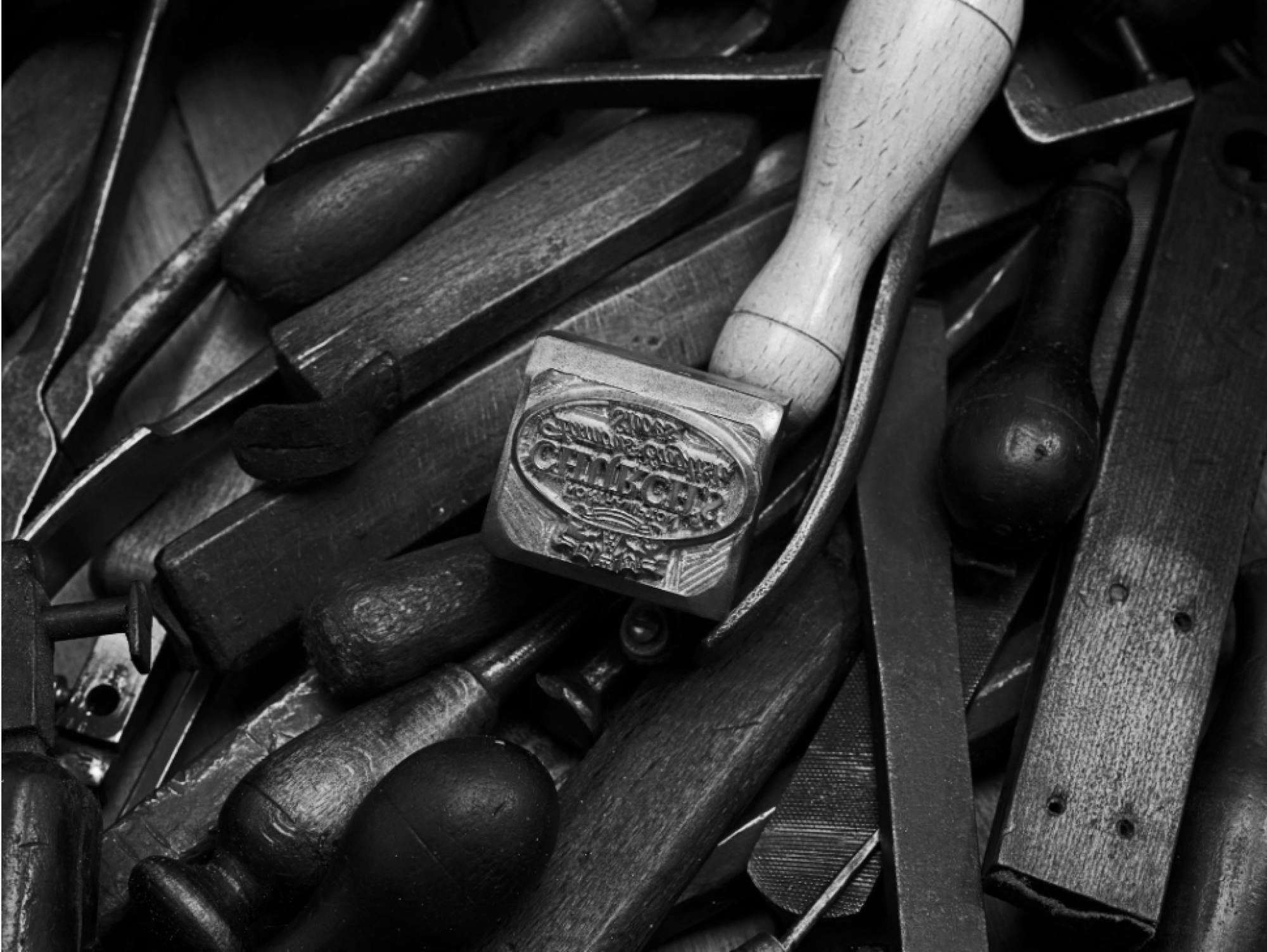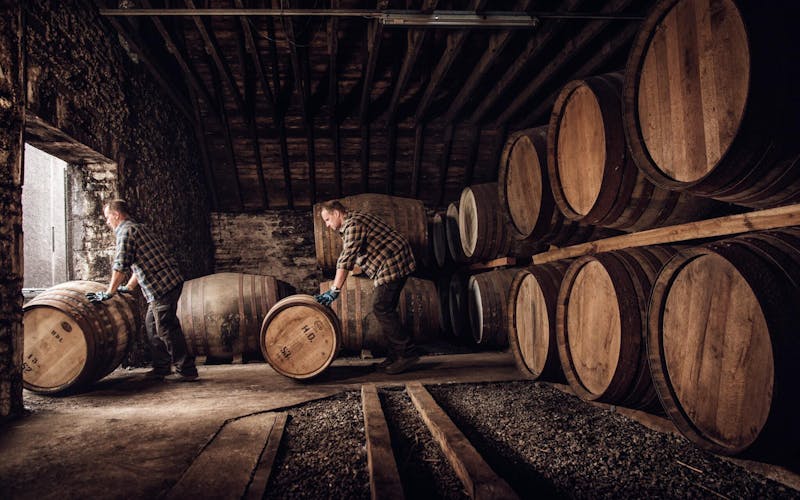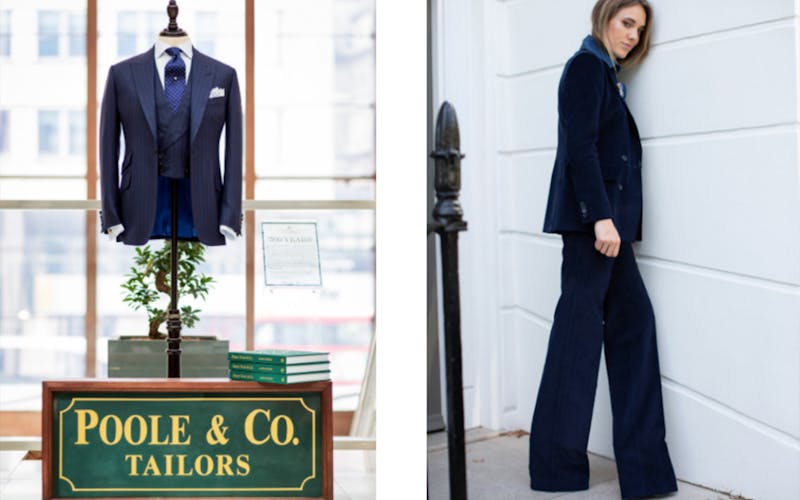

for Walpole members and
non-members available now
at The Londoner



Necessity is the mother of invention, so they say. You’d think after 18 months of living and working almost exclusively from home, with minimal requirements for formal or office shoes, English shoemakers would have had a tough time of it. Not so. Rather, the past year-and-a-half has accelerated innovation among some of the oldest luxury footwear brands in the UK – almost all of which manufacture their shoes in Northampton, the historic heartland of fine English shoemaking.
The tradition of making Goodyear welted shoes in this otherwise quite conventional midland town dates back the best part of 400 years, and was kickstarted by Oliver Cromwell, who tasked the city’s craftspeople with making several thousand pairs of sturdy leather boots for regiments in his ‘new model army’ in the 1650s. The city is still home to well over half-a-dozen shoemaking factories today, the largest of which, with some 300 staff and 142 years of history to its name, is Crockett & Jones.
“At Crockett & Jones, we’re more trend-aware today than we ever have been,” says managing director and fourth generation owner, Jonathan Jones. “The younger generation of the family is heavily integrated and respected within the business and can therefore make well-informed product design and development decisions to benefit our customers. Moving things on, without upsetting the apple cart.”
You can see this step-change quite clearly in the make-up of C&J’s collections. There’s a weighting towards handsome ankle-boots and smart-casual loafers, many of which make innovative use of materials. “For this coming winter, we’ve increased our chunky rubber-soled offering, introduced a waterproof suede, waterproof lining and rugged outdoor leathers suitable for almost all conditions – all with a keen eye on looking good,” Jones continues. That’s to mention nothing of the Unstructured Collection, a capsule of loafers C&J launched a few months ago, which features the most flexible leather soles the brand has ever produced – the result of almost two years of painstaking of development with one of the brand’s partner tanneries.
This focus on fresh design and on comfort isn’t unique to C&J. Other makers are following suit, including Edward Green, another age-old Northampton name (founded in 1890) that’s known for its superior quality. “For us, the pandemic has accelerated many changes that were already nascent,” says Euan Denholm, Edward Green’s head of brand and business development. “There had already been a shift in many markets to more casual or softer formal styles. We’re expecting loafers and boots to take market share from Oxfords.”
Edward Green has been steadily reshaping its collections in-line with this trend; most recently with lighter, unlined versions of its Piccadilly and Duke penny loafers, and two new designs in waxed leather: the Govan Chelsea boot and Lanark Chukka. It’s a similar story with other esteemed brands like Grenson, Tricker’s and even Walpole-member, Manolo Blahnik, whose shoes combine a fashion-forward aesthetic with traditional craftsmanship.
Blahnik’s signature Witney suede Oxford semi-brogue is a case in point, and a cult favourite among menswear aficionados. While ostensibly classic, the Witney is brought to life in no less than 16 different colours that are great fun to wear – from bright yellow to powder blue – in luxurious suede with a lightweight construction. It feels more like a moccasin to wear than a formal lace-up, combining form with function in a way that feels particularly appropriate as we collectively start to step outside and dress up again in this ‘new normal’.
Of course, despite experiments with new materials and designs, the ace up British shoemaking’s sleeve remains the same. Goodyear welted shoes are built to last, using some of the most expensive and highest quality leathers on the planet. The time-honoured skill of last-making is thoroughly impressive too. In footwear, the last is the 3D sculpture of the wearer’s foot that a shoe is shaped around. The better the last, the more comfortable the shoe. Makers like Crockett & Jones invest thousands in last development every year, using a mixture of reassuringly analogue hand-techniques and cutting edge 3D computing technology to create shoes that are broad and comfortable across the bridge of the foot, roomy and yet shapely in the toe, and narrow at the heel with superior ‘clippage’ (industry speak for ‘support’) at the rear.
At Church’s, another well-established maker with a rich history, CEO, Anthony Romano, is excited about the future: “The makers we have are some of the most highly skilled craftsmen and women within the shoemaking industry,” he says. “The passion and knowledge of their craft are reflected in the quality of product that we make. Though sneakers and casual shoes will continue to dominate the shoe market, English luxury shoes will still play an important and evolving role. Luxury consumers will continue to demand a level of quality that can only be matched by English shoemakers.”
Back in Edward Green’s corner, Denholm agrees: “We’re proud to make our shoes in Northampton and we’re determined to carry that flame,” he says. “Maintaining the longstanding tradition of English shoemaking is our mission.” Certainly, with all these brands and more in fine fettle, luxury English shoemaking is perfectly positioned to step into the future – polished cap-toes and all.





